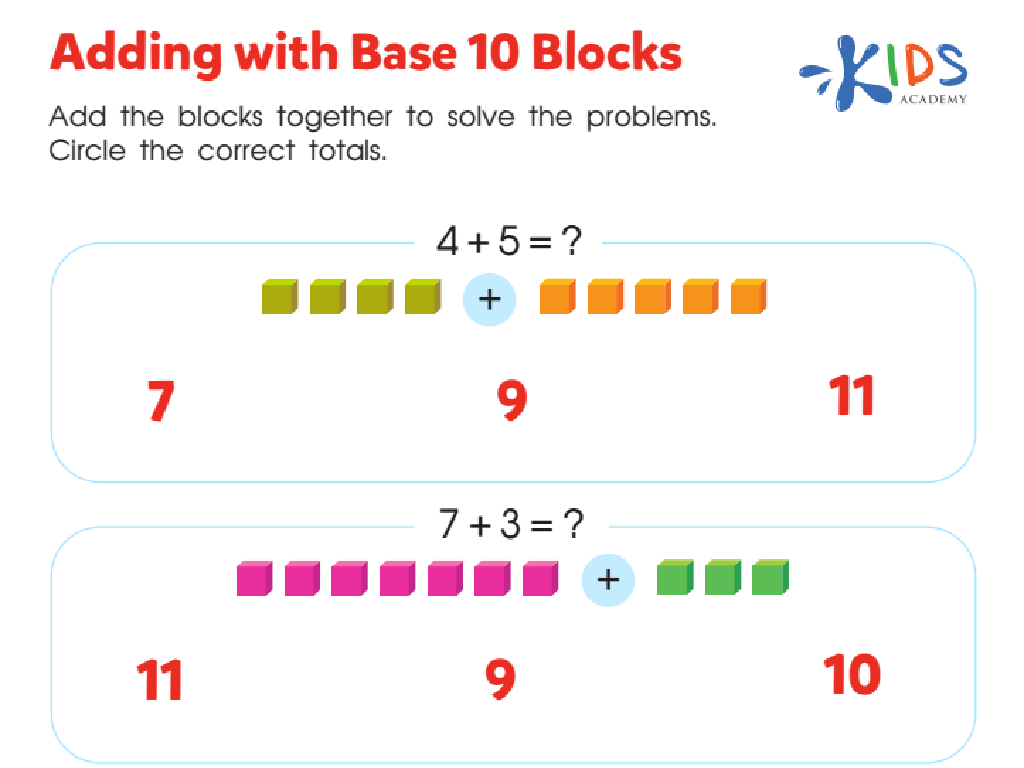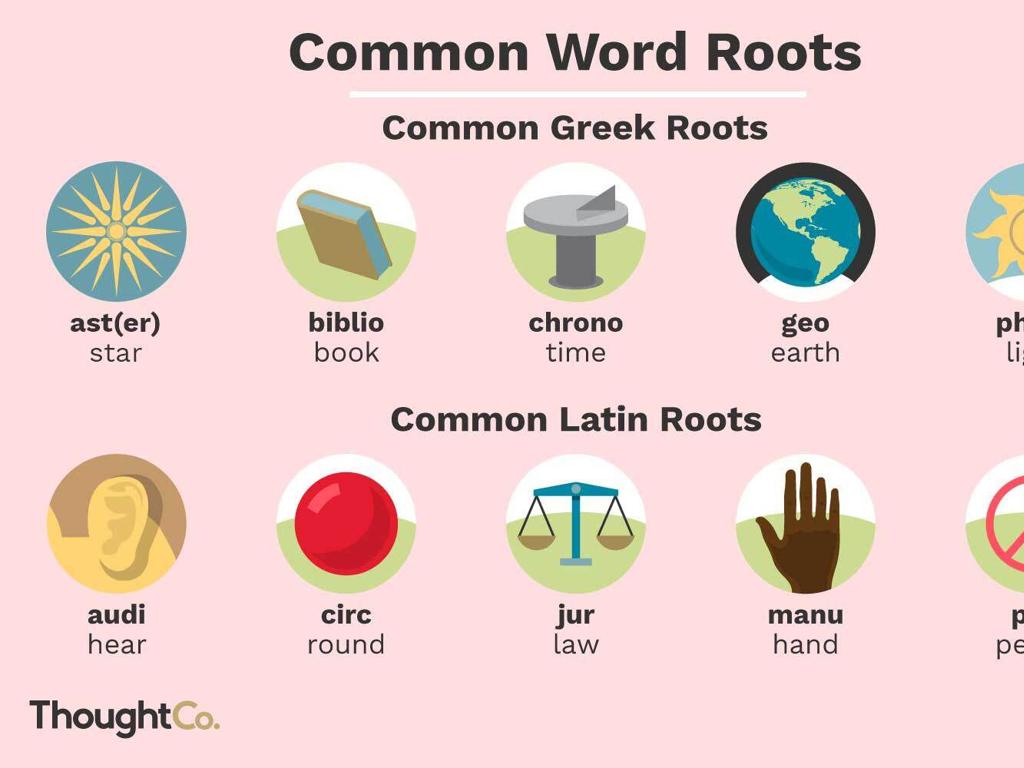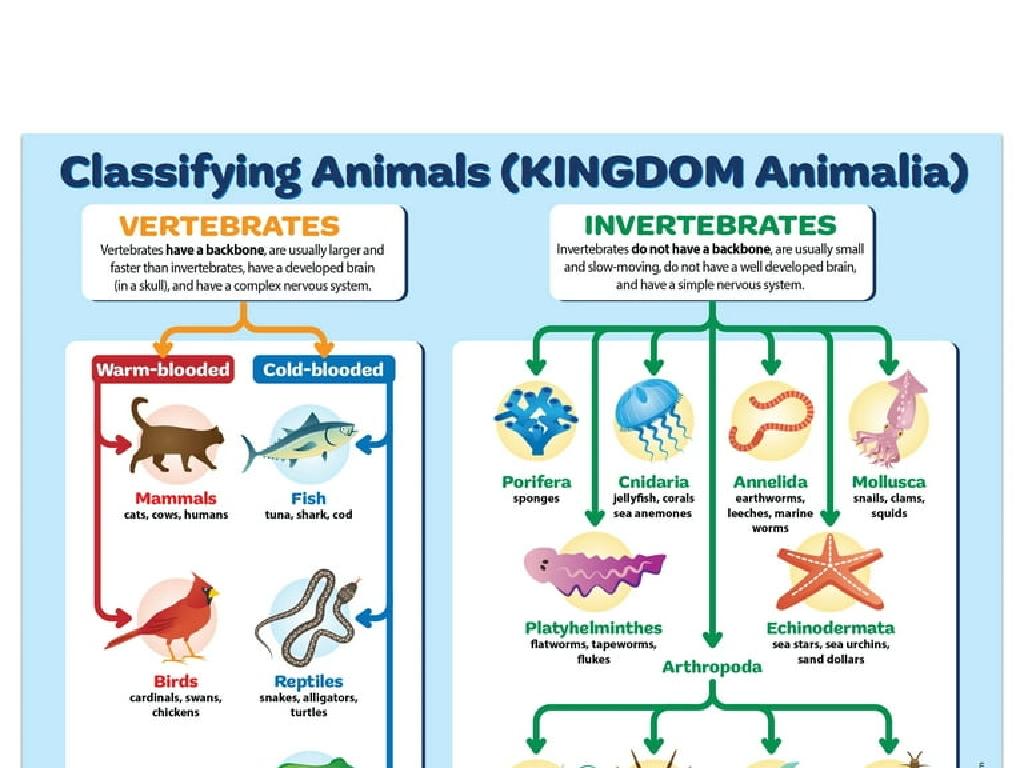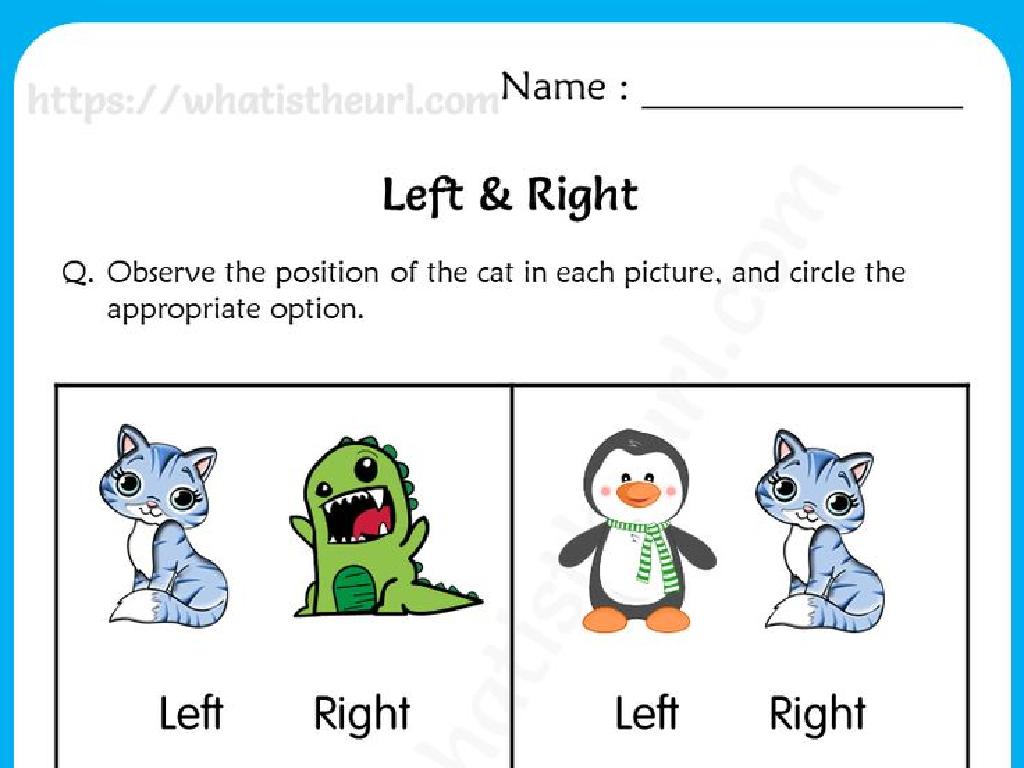Use Dictionary Entries
Subject: Language arts
Grade: Sixth grade
Topic: Reference Skills
Please LOG IN to download the presentation. Access is available to registered users only.
View More Content
Mastering Dictionary Skills
– What is a dictionary?
– Decoding dictionary entries
– Entries include word, pronunciation, part of speech, and definition.
– The value of dictionaries
– Dictionaries expand vocabulary and improve spelling.
– Class activity: Dictionary exploration
– Find words in the dictionary and write entries.
|
This slide introduces students to the fundamental aspects of using a dictionary. Begin by discussing what a dictionary is and its purpose. Explain the components of a dictionary entry, including the word, its pronunciation, part of speech, and definition(s). Emphasize the importance of dictionaries in learning new words, understanding their meanings, and improving spelling skills. For the class activity, have students select unfamiliar words from a list and look them up in the dictionary. They should write down the full dictionary entry for each word and use it in a sentence. This exercise will help them become familiar with navigating dictionaries and understanding how entries are structured.
Exploring the Dictionary
– Dictionary: A language resource
– A tool for finding word definitions and more
– Offers meanings, pronunciations
– Learn how to say and use words correctly
– Includes etymologies, usage tips
– Discover word origins and history
– Types: General and specialized
– Some focus on specific subjects or fields
|
Introduce the dictionary as an essential reference tool that provides more than just meanings it also offers pronunciation guides, word origins (etymologies), and usage examples. Explain that dictionaries come in various forms, including general ones for everyday use and specialized types for specific subjects like medicine or law. Emphasize the importance of using a dictionary to improve vocabulary, writing, and reading comprehension. Encourage students to explore different dictionaries and discuss the benefits of each type. Provide examples of how to use a dictionary effectively, such as looking up unfamiliar words during reading or writing assignments.
Exploring Dictionary Entries
– Understanding Word Entry
– The term listed in the dictionary to be defined.
– Learning Pronunciation
– Phonetic spelling helps us pronounce words correctly.
– Identifying Part of Speech
– Noun, verb, adjective, etc., describe how words function.
– Grasping Definitions
– Meanings of the word, some words have multiple definitions.
|
This slide aims to familiarize students with the components of a dictionary entry. Start by explaining that the word entry is the word they are looking up. Then, move on to pronunciation, which is usually given in phonetic spelling to help with correct pronunciation. Discuss parts of speech, such as nouns, verbs, and adjectives, which tell us how the word functions in a sentence. Finally, go over definitions, noting that some words have more than one meaning. Encourage students to look up a word in class and identify these parts in its dictionary entry. This will help them understand how to use a dictionary effectively to enhance their vocabulary and language skills.
Navigating the Dictionary: Guide Words
– Guide words at dictionary top
– They are located at the very top of dictionary pages.
– First and last words on page
– These words help you understand the alphabetical range of the page.
– Use guide words for quick search
– Instead of reading every word, use guide words to save time.
– Practice finding words with guide words
– Let’s try to find some words using guide words together.
|
This slide introduces students to the concept of guide words in a dictionary, which are essential for efficient reference skills. Guide words, typically found at the top of dictionary pages, indicate the first and last words on that page, helping users to quickly locate words. Emphasize the importance of these words in saving time when searching for definitions. Encourage students to practice by picking random words and using guide words to find them. This practical exercise will reinforce their understanding and ability to use dictionaries effectively.
Mastering Alphabetical Order in Dictionaries
– Dictionaries organize words alphabetically
– Order words letter by letter
– Compare each letter until one word comes first
– Practice with first two letters
– Focus on the 1st and 2nd letters to find words faster
– Tips for quick word searching
– Use guide words at the top of dictionary pages
|
This slide introduces students to the concept of alphabetical order as used in dictionaries, which is a fundamental reference skill. Emphasize the importance of looking at each letter in order, starting from the beginning of the word, to determine its correct position. Provide students with strategies for efficient word searching, such as focusing on the first two letters and using guide words. During class, engage students in activities where they practice finding words in a dictionary, starting with simple exercises focusing on the first letter and gradually moving to more complex tasks involving the first two letters. This will help them become proficient in using dictionaries and enhance their vocabulary skills.
Understanding Multiple Meanings in Dictionary Entries
– Words with multiple meanings
– Like ‘bat’ can mean a flying mammal or a baseball equipment
– Separate definitions for each meaning
– Check the dictionary for ‘bat’ and see different explanations
– Context determines meaning
– Words in sentences around the target word guide us
– Practice with dictionary entries
– Find a word with multiple meanings and use the dictionary to explore
|
This slide introduces students to the concept that some words in the English language have more than one meaning, known as homonyms. Each meaning of the word will have its own separate definition in the dictionary. It’s crucial for students to use context clues from the surrounding text to determine which definition applies in a given situation. Encourage students to practice by looking up words with multiple meanings in the dictionary and examining how context is used to differentiate between the meanings. This will enhance their reference skills and improve their understanding of language nuances.
Expanding Vocabulary with Synonyms and Antonyms
– Dictionaries list synonyms
– Synonyms are words with similar meanings, like ‘happy’ and ‘joyful’.
– Antonyms are often included
– Antonyms are opposites, such as ‘hot’ and ‘cold’.
– Both expand your vocabulary
– Learning these helps you express ideas more precisely.
– Practice finding these entries
|
This slide introduces students to the concept of synonyms and antonyms within dictionary entries, which are essential tools for enhancing their vocabulary. Emphasize the importance of understanding not just the primary meaning of a word, but also its related synonyms and antonyms to better comprehend reading materials and improve their writing skills. Encourage students to practice looking up words in a dictionary and to note the synonyms and antonyms provided. This will help them recognize the nuances in word meanings and usage. As an activity, students can choose words from a recent reading assignment and find their synonyms and antonyms to share with the class.
Practice Time: Exploring Dictionary Entries
– Pair up for dictionary practice
– Look up words and read entries
– Find the word, its pronunciation, and meaning
– Discuss entry components
– Parts include word type, definition, and usage
– Share discoveries with the class
|
This slide is designed to engage students in a hands-on activity to reinforce their understanding of how to use a dictionary. Students will work in pairs to enhance collaborative learning. They will look up various words and explore their entries, discussing the different parts such as the word’s pronunciation, part of speech, definitions, and examples of usage. This activity will help them become familiar with the structure of dictionary entries and how to extract useful information. After the activity, encourage pairs to share interesting findings or any challenging words they encountered with the class to facilitate group learning.
Class Activity: Dictionary Scavenger Hunt
– Find words using guide words
– Locate a multi-meaning word
– Find a word with 3 or more meanings
– Learn pronunciation and meaning
– Pick a new word, say it loud, and tell us what it means
– Share a word and use it in a sentence
– Choose any word, share, and make a creative sentence
|
This activity is designed to enhance students’ dictionary skills. Guide them to use the guide words at the top of dictionary pages to find words. Encourage them to locate a word with multiple meanings and discuss how context can change the meaning. Have them look up an unfamiliar word, focusing on its pronunciation and definition. Finally, ask each student to share a word with the class and create an original sentence using that word. This will help them understand practical usage. Possible variations of the activity could include finding synonyms/antonyms, words with certain prefixes/suffixes, or words from a specific subject they’re studying.






